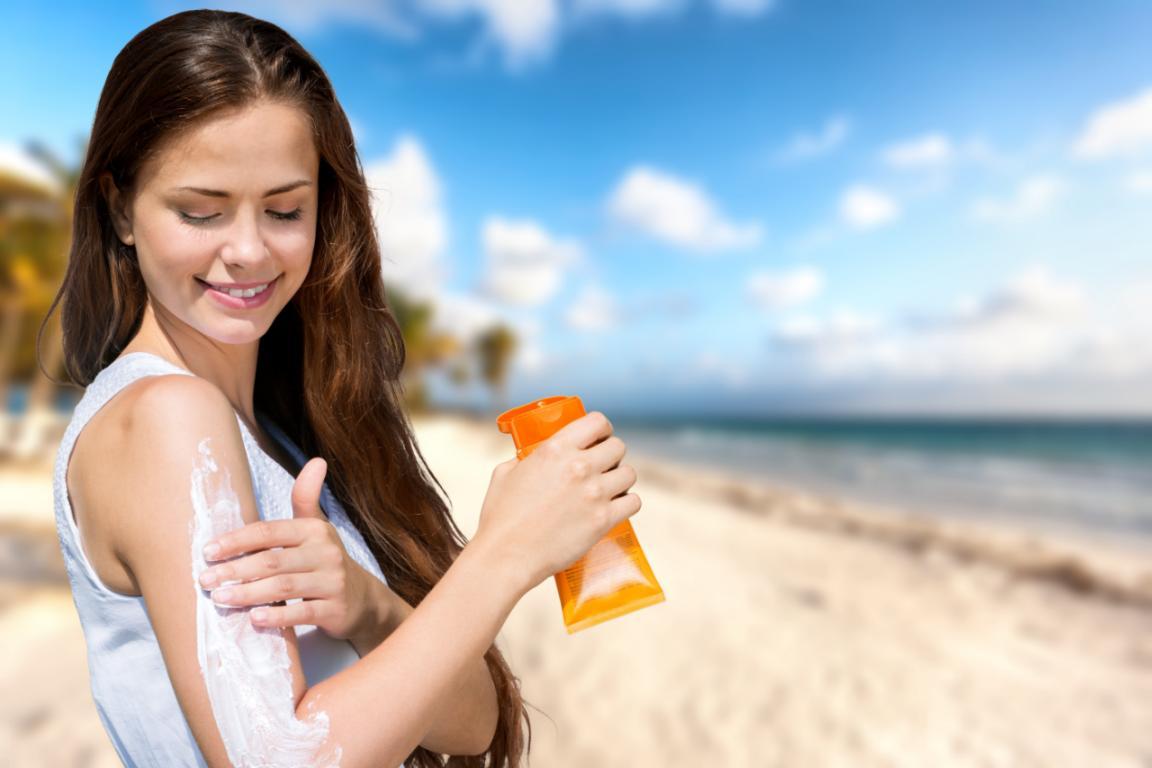Key Takeaways
- UV rays can damage skin even on cloudy days
- Daily sun protection reduces skin cancer risk
- Skin checks should be part of your health routine
- Reapply sunscreen every two hours when outdoors
Why Sun Safety Matters in Australia
Australia has one of the highest rates of skin cancer in the world. According to Cancer Council Australia, over two in three Australians will be diagnosed with skin cancer by age 70. And while most skin cancers are preventable, thousands are diagnosed with life-threatening melanoma each year. This figure isn’t just a warning, it’s a call for smart prevention.
UV rays are invisible, fast-acting, and not linked to temperature. You can feel cool and still burn within minutes. That’s why our skin cancer doctors at Harbour Town Doctors, are committed to prevention. We offer expert consultation, risk assessments, and treatment for skin cancers and pre-cancerous lesions.
Sun Safety Tips
When it comes to safeguarding your skin, prevention begins well before the first sign of a sunburn. Living under Australia’s intense UV rays means consistent sun safety must become second nature, not just during beach holidays, but every single day.
1. Use Sunscreen Daily, Not Just at the Beach
One of the most fundamental sun safety tips from dermatologists is the regular use of sunscreen lotion. Specialists recommend using a broad-spectrum sunscreen that protects against both UVA and UVB rays, with an SPF (sun protection factor) of at least 30.
Sunscreen should be applied generously 15–30 minutes before going outdoors and reapplied every two hours, or more frequently if swimming or sweating. Many individuals wrongly assume sunscreen is only needed in summer or on bright days, but UV rays can pass through clouds and remain present throughout the year. For daily protection, incorporate sunscreen into your morning skincare routine, even in winter.
2. Wear Protective Clothing
In addition to sunscreen, skin cancer experts advise using physical barriers to block harmful rays. Long-sleeved shirts, long pants, and wide-brimmed hats offer excellent protection. Look for clothing with a UPF (ultraviolet protection factor) label, which indicates the fabric’s effectiveness at blocking UV radiation.
A wide-brimmed hat protects your face, ears, and neck areas often neglected when applying sunscreen. Sunglasses that block 100% of UVA and UVB rays are also essential to protect your eyes and the sensitive skin around them.
3. Seek Shade, Especially During Peak Hours
The sun’s rays are strongest between 10 a.m. and 4 p.m., a window of time when skin cancer specialists strongly recommend minimising direct sun exposure. When outdoors during these hours, seek shade under trees, umbrellas, or shelters. Planning outdoor activities in the early morning or late afternoon can significantly reduce your UV exposure.
Children are especially vulnerable to sun damage, so ensure they have access to shade during outdoor play. Many dermatologists stress the importance of instilling sun-safe habits in kids from a young age to reduce their lifetime risk of skin cancer.
4. Avoid Tanning Beds
Tanning beds emit UVA and UVB radiation, both of which can damage skin and lead to skin cancer. According to the Skin Cancer Foundation, using a tanning bed before the age of 35 increases your risk of developing melanoma by 75%. No tan is a safe tan, experts warn, especially when it’s artificially induced.
Skin cancer specialists strongly discourage the use of tanning beds and recommend embracing your natural skin tone or using sunless tanning products as a safer alternative.
5. Know Your Skin and Perform Regular Self-Exams
Detecting skin cancer early plays a vital role in achieving successful treatment outcomes. Dermatologists recommend performing monthly self-exams to monitor your skin for any changes. This includes checking for new moles or spots, changes in existing moles, or any lesions that do not heal.
Use the “ABCDE” rule to assess moles:
- Asymmetry: One half doesn’t match the other.
- Border: Edges are irregular or blurred.
- Colour: Varies in shade or contains multiple colours.
- Diameter: Larger than 6mm (about the size of a pencil eraser).
- Evolving: Changes in size, shape, or colour.
If you observe any unusual changes, arrange a consultation with a dermatologist without delay.
6. Don’t Forget Often-Missed Areas
Skin cancer specialists often see cancers develop in places people commonly neglect during sun protection routines. This includes areas such as the ears, scalp, lips, tops of the feet, and back of the neck. Make sure to apply sunscreen to these areas and reapply regularly, especially if you’re swimming or sweating.
Lips, in particular, are vulnerable to sunburn and skin cancer. Use a lip balm with SPF 15 or higher and reapply it regularly throughout the day.
7. Be Cautious Near Reflective Surfaces
Water, sand, snow, and even concrete can reflect UV rays and increase your risk of sunburn. In these environments, even sitting in the shade may not fully protect you. Skiers and beachgoers alike should be diligent with sun protection, as UV intensity can be deceptive.
Dermatologists also caution that UV exposure increases with altitude. If you’re hiking, skiing, or spending time in mountainous areas, your skin will be more susceptible to UV damage.
8. Get Regular Professional Skin Checks
Even with regular self-checks, a full-body skin cancer screening by a dermatologist is essential at least once a year, especially if you have risk factors such as fair skin, frequent sunburns, or a family history of skin cancer. These visits can help detect early signs of skin cancer that may not be obvious to the untrained eye.
Conclusion
Protecting your skin is one of the simplest and most powerful ways to safeguard your health. At Harbour Town Doctors, our experienced skin cancer team is here to support you with expert skin cancer checks, advice, and treatments tailored to your needs. Contact us today to book your skin check or speak to our doctors about personalised sun safety strategies.
FAQs:

